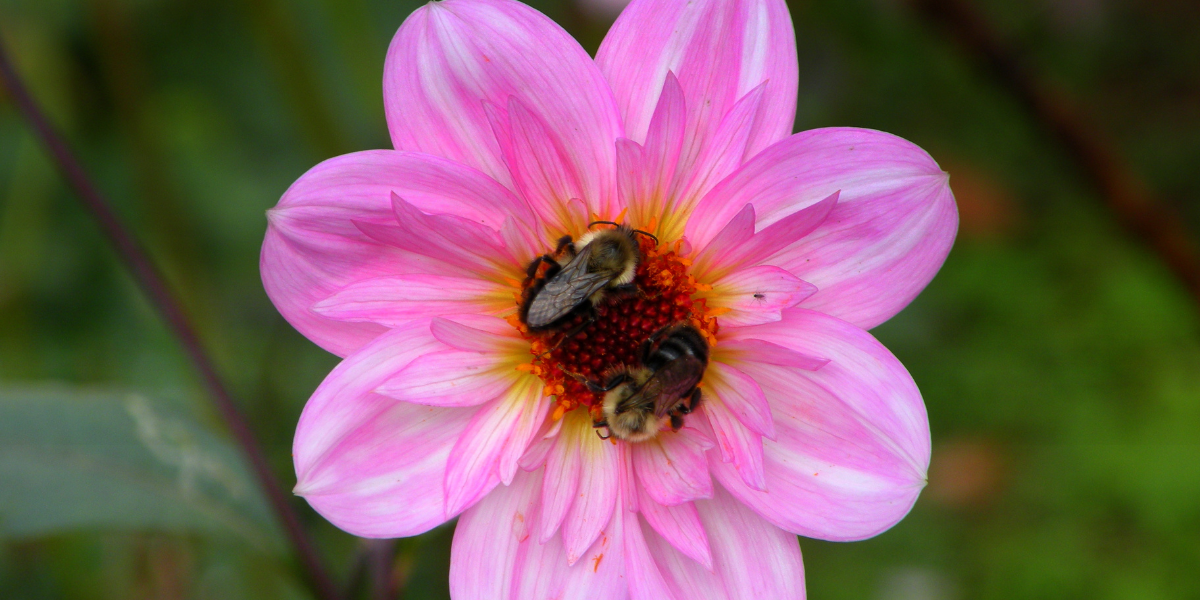October Calendar of Wildlife & Habitat Happenings

October Calendar
Opportunities to experience natural North Carolina are as diverse as our state’s spectacular landscape. And there’s no shortage of things to do, see and hear this month – from small game hunting and surf fishing to blooming blazing-star and hibernating Eastern mud turtles. October also is Bat Appreciation Month, Raptor Month and Squirrel Awareness Month. Take a look at the October calendar below and explore NCWF’s upcoming events.
Early October: Black bear activity increases in the mountains.
Oct. 1: Delayed harvest trout waters opens.
Oct. 2: In the Coastal Plain and Eastern Piedmont, walking stick mantids (aka Brunner’s mantids) are active and depositing their oothecae (egg clusters). These unusual native mantids occur only as females and reproduce parthenogenetically.
Oct. 2-9: Peak fall colors for areas above 5,000 feet, including Clingmans Dome, Grandfather Mountain, Mount Mitchell and Waterrock Knob.
Oct. 3: Last of the season’s loggerhead sea turtle nests are hatching. Nodding ladies’ tresses are in bloom.
Oct. 4: Autumn tiger beetles are mating. This rare, usually bright green species is known from only a few areas in our Sandhills region.
Oct. 5: Surface activity peaks for eastern and southern hognose snakes.
Oct. 6: Pine Barrens gentian is in bloom.
Oct. 7: Fall runs of bluefish and red drum offer good surf fishing opportunities.
Oct. 8: Urban Wildlife Conservation Day — a time to celebrate our connections to the outdoors and inspire people from all walks of life to experience the benefits of nature.
Oct. 9: Peak migration for many sea duck species.
Oct. 9-16: Peak fall colors for the majority of Blue Ridge Parkway locations and the majority of the Great Smoky Mountains National Park.
Oct. 10: Tail end of migration peak for many shorebird species.
Oct. 10-16: National Wildlife Refuge Week.
Oct. 11: Ruby-throated hummingbirds are leaving for Central and South America.
Oct. 12: This time of year appears to be a surface activity peak for the mimic glass lizard, a rare legless lizard associated with large pine flatwood tracts in our southeastern Coastal Plain.
Oct. 13: Yellow-bellied sapsuckers and other winter resident birds are returning to the Piedmont and Coastal Plain.
Oct. 14: Earle’s blazing-star is in bloom.
Oct. 15: Eastern mud turtles and chicken turtles begin hibernating. Unlike most aquatic turtles, these two species typically leave their ponds to overwinter terrestrially in nearby uplands.
Oct. 16: Eastern red bats are mating.
Oct. 16-22: National Wolf Awareness Week
Oct. 17: October flower is in bloom.
Oct. 18: Small game season opens for squirrel, rabbit, grouse, bobcat and raccoon.
Oct. 21: National Reptile Day
Oct 21-23: Early inland duck season splits.
Oct 29-30: Early coastal duck season splits.
